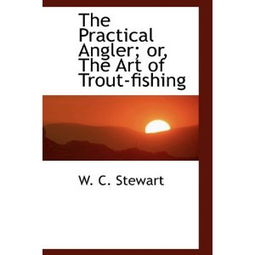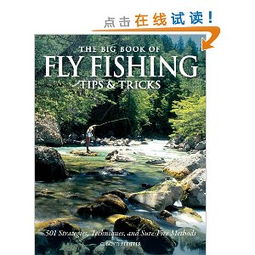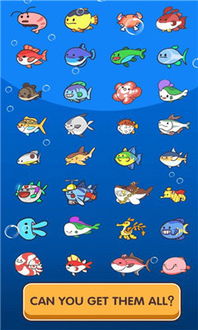Content:
Winter bottom fishing can be a challenging yet rewarding experience for ice anglers. As the temperatures drop and the ice thickens, finding the perfect spot and employing the right techniques becomes crucial for success. In this article, we will discuss the essential techniques for winter bottom fishing, helping you master the art of catching fish during the coldest months of the year.
Choose the Right Location
The first step in winter bottom fishing is selecting the right location. During the winter, fish tend to move to deeper waters to escape the cold. Look for areas with structures such as weeds, rocks, and drop-offs, as these spots often hold fish. Additionally, focus on areas with a mix of sunlight and shade, as this provides a more favorable environment for fish.
Prepare Your Gear
To ensure a successful winter bottom fishing trip, it is essential to have the right gear. Here are some key items to consider:
- Ice auger: A quality ice auger is crucial for drilling holes in the ice. Look for a model that is lightweight and easy to handle.
- Ice fishing rod and reel: A rod and reel designed specifically for ice fishing will provide better sensitivity and control. Choose a rod with a medium-action and a reel with a smooth drag.
- Ice fishing line: Use a monofilament line with a thickness between 4 and 6 pounds, as it offers the right balance between sensitivity and strength.
- Jigging spoons and lures: Winter bottom fishing often requires using jigs and spoons. Choose bright colors and patterns that attract fish in low-light conditions.
- Bait: For winter bottom fishing, live bait such as minnows, shiners, or worms can be highly effective.
Drilling Holes and Setting Up
Once you have found a suitable location, begin by drilling holes using your ice auger. Start with a small hole and gradually increase the size if needed. It is important to maintain a steady hand and ensure that the hole is clean and free of ice shavings.
After drilling the hole, set up your rod and reel. Attach your ice fishing line to the rod, and then thread the line through the rod's guides. Tie a knot at the end of the line, such as a Palomar knot or a Clinch knot, to secure it. Next, attach your lure or jig to the line using a snap swivel or a direct knot.
Adjusting Your Technique
Winter bottom fishing requires a slightly different approach compared to summer fishing. Here are some tips to help you adjust your technique:

- Use a slower retrieve: During the winter, fish are less active, so a slower retrieve can be more effective. Let your lure or bait sink to the bottom and then gently lift it a few inches before letting it fall back down.
- Vary your bait presentation: Experiment with different bait presentations, such as dead sticking, twitching, or jigging. Find out which method works best for the fish you are targeting.
- Keep your bait in the strike zone: Make sure your bait is in the water column where the fish are located. Adjust the depth of your rig by adding or removing weight, or by using a sliding weight system.
- Be patient: Winter fishing can be slow, so patience is key. Wait for the fish to come to you rather than trying to force a bite.
Safety First
When ice fishing during the winter, safety should always be a top priority. Here are some safety tips to keep in mind:
- Check the ice thickness: Before heading out on the ice, ensure that the ice is at least 4 inches thick for safe walking and 6 inches thick for safe driving.
- Wear appropriate clothing: Dress in layers to stay warm and dry. Include waterproof boots, a heavy-duty jacket, and a hat to protect against the cold.
- Bring safety gear: Always carry a first aid kit, a whistle, and a cell phone in case of an emergency.
- Keep an eye on the weather: Monitor weather conditions and be prepared to head home if conditions worsen.
In conclusion, mastering the art of winter bottom fishing requires selecting the right location, preparing the proper gear, adjusting your technique, and ensuring your safety. By following these essential techniques, you'll be well on your way to catching fish during the coldest months of the year. Happy fishing!












